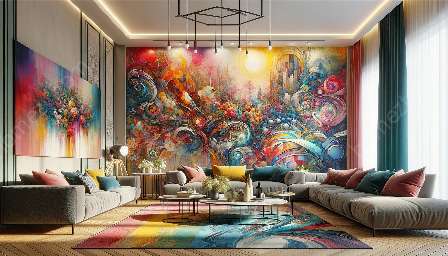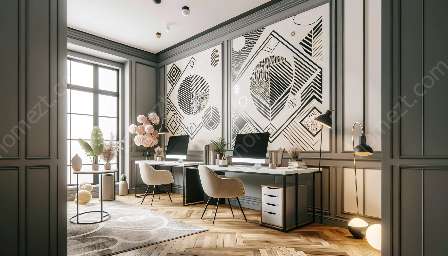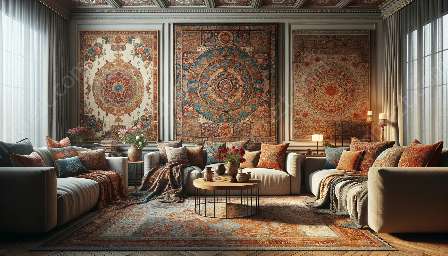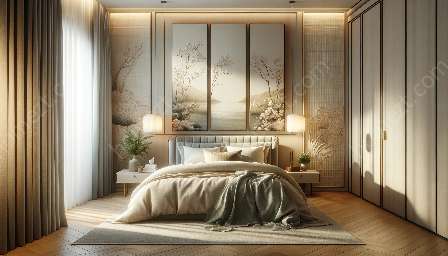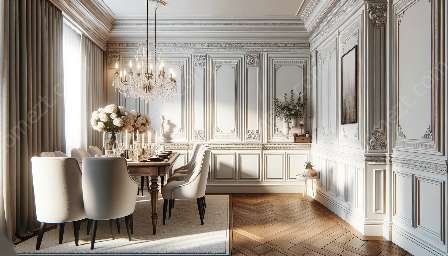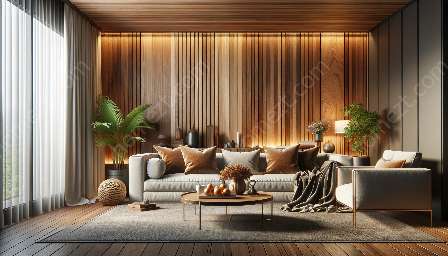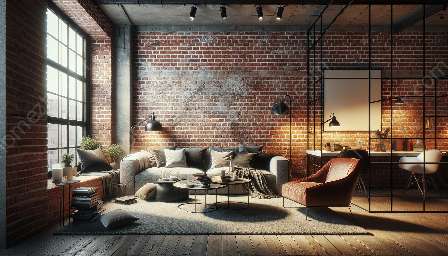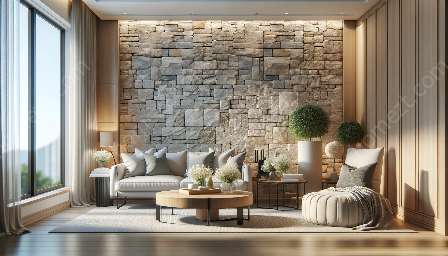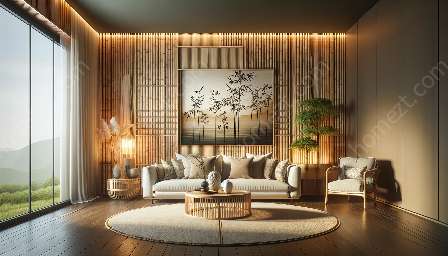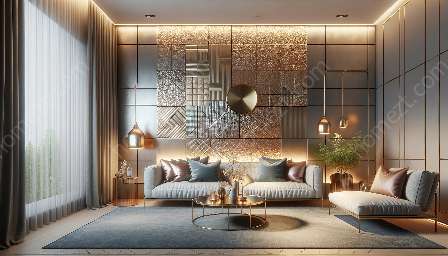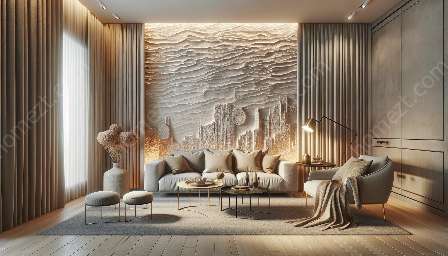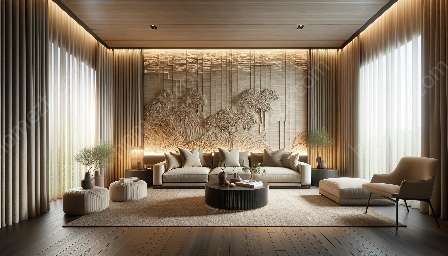Cork is a unique and versatile material that has gained popularity in the interior design world, offering a range of practical and aesthetic benefits for both wall coverings and home furnishings. As a sustainable and eco-friendly material, cork is highly regarded for its natural properties, making it an attractive choice for environmentally conscious homeowners. In this exploration of cork, we will delve into its diverse applications, benefits, and design considerations for incorporating cork into wall coverings and home furnishings.
Understanding Cork
Cork is a natural material harvested from the bark of cork oak trees, primarily found in the Mediterranean region. Its cellular structure consists of millions of air-filled pockets, which give it a unique lightweight and buoyant quality. These properties make cork an ideal material for various applications, including flooring, wall coverings, and furniture.
Advantages of Cork in Wall Coverings
When it comes to wall coverings, cork offers a wide range of benefits that contribute to its growing popularity. Its natural insulation properties provide thermal and acoustic benefits, making it an excellent choice for creating a cozy and soundproof environment. Additionally, cork wall coverings are known for their durability and resistance to wear and tear, making them a long-lasting and low-maintenance option for interior walls.
Innovative Design Options
Cork wall coverings are available in a variety of styles, textures, and colors, allowing for a wide range of design possibilities. From traditional cork tiles to modern cork panels, homeowners can choose from an array of options to complement their interior décor. Furthermore, the natural patterns and textures of cork add a unique organic touch to any living space, creating a warm and inviting ambiance.
Incorporating Cork in Home Furnishings
Aside from wall coverings, cork is also gaining traction in the realm of home furnishings, offering a sustainable and stylish alternative to traditional materials. Cork is often used in designing furniture pieces such as chairs, tables, and storage units, thanks to its lightweight and durable nature. Moreover, its natural elasticity makes it a comfortable and resilient choice for upholstery and cushions.
Eco-Friendly Appeal
As the demand for sustainable and eco-friendly home décor continues to rise, cork stands out as a preferred choice for environmentally conscious consumers. Its renewable and biodegradable attributes make it an eco-friendly alternative to synthetic materials, aligning with the principles of green living. By incorporating cork into home furnishings, individuals can make a positive impact on the environment without compromising on style or functionality.
Practical Applications
From cork-covered coffee tables to cork-backed chairs, the applications of cork in home furnishings are diverse and versatile. Beyond its aesthetic appeal, cork offers practical benefits such as moisture resistance, making it suitable for kitchen and bathroom accessories. Additionally, its natural anti-microbial properties make it an ideal material for creating hygienic and easy-to-clean surfaces within the home.
Embracing the Beauty of Cork
In conclusion, cork has emerged as a compelling choice for enhancing both wall coverings and home furnishings, offering a blend of sustainability, versatility, and aesthetic appeal. Whether used as a stylish wall covering or an innovative addition to home décor, cork represents a harmonious union of nature and design. Its ability to seamlessly integrate into interior spaces while embodying eco-friendly principles makes it a valuable asset for modern living.


